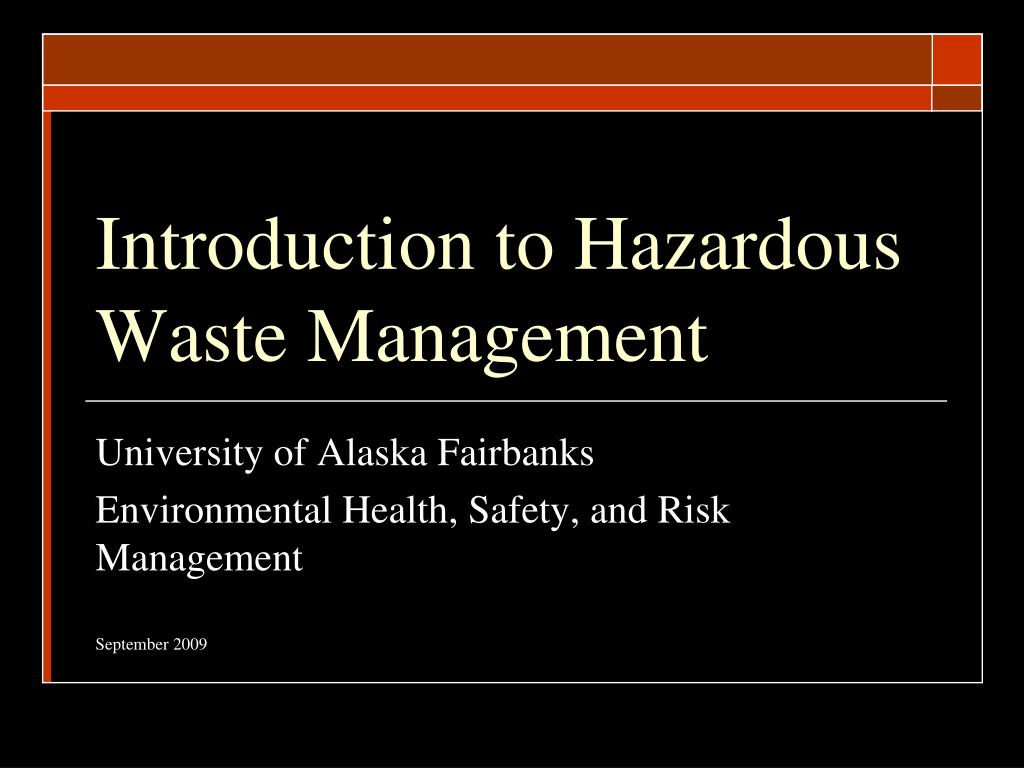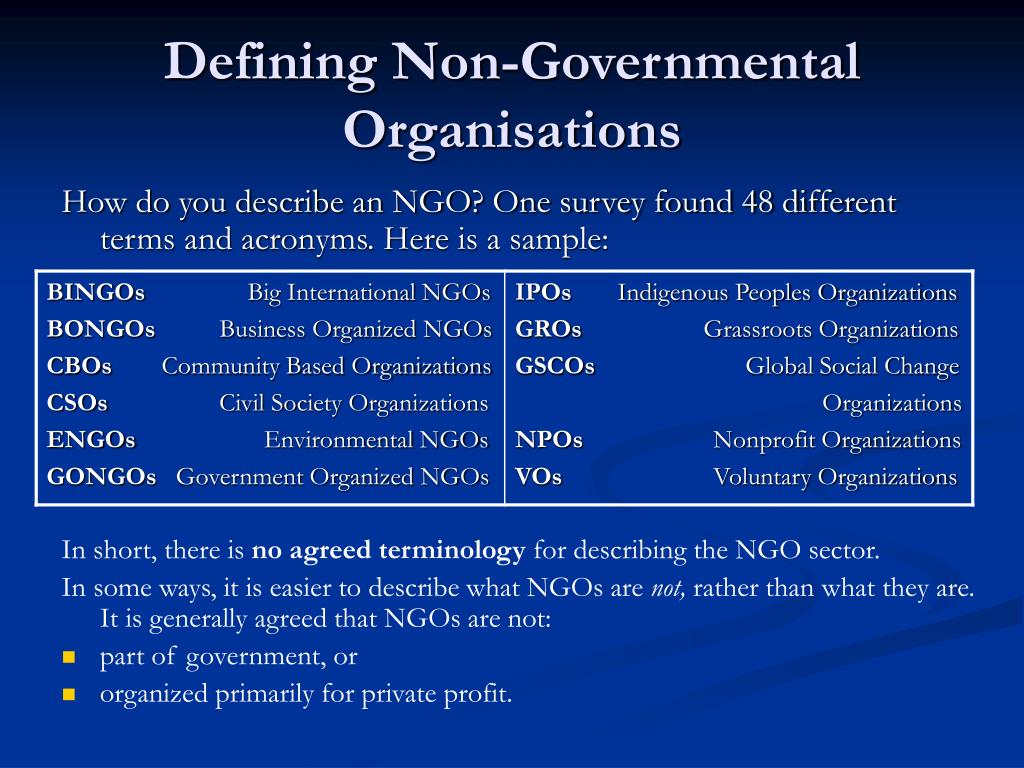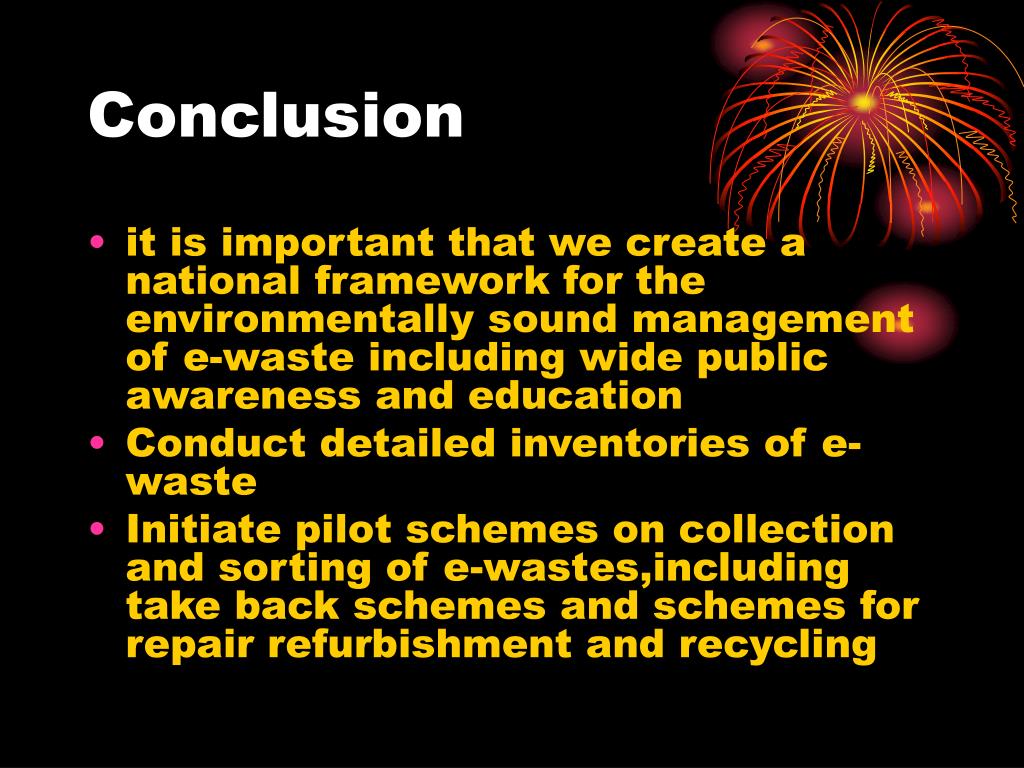Hazardous Waste Management In India Presentation
| Introduction to Hazardous Waste Management in India | ||
|---|---|---|
| Hazardous waste refers to waste that poses a risk to human health or the environment. India generates a significant amount of hazardous waste due to industrial activities and urbanization. Effective management of hazardous waste is crucial to protect the environment and public health. | ||
| 1 | ||
| Regulatory Framework for Hazardous Waste Management in India | ||
|---|---|---|
| The Hazardous and Other Wastes (Management and Transboundary Movement) Rules, 2016, is the primary regulatory framework. The rules classify hazardous waste into different categories based on its characteristics and provide guidelines for its handling, storage, and disposal. The Central Pollution Control Board (CPCB) and State Pollution Control Boards (SPCBs) are responsible for enforcing these rules. | ||
| 2 | ||
| Hazardous Waste Generation and Treatment in India | ||
|---|---|---|
| India generates around 7.46 million metric tons of hazardous waste annually. Common sources of hazardous waste include industries, hospitals, laboratories, and electronic waste. Treatment methods for hazardous waste in India include incineration, physicochemical treatment, and secure landfilling. | ||
| 3 | ||
| Challenges in Hazardous Waste Management | ||
|---|---|---|
| Lack of awareness and compliance among industries and other waste generators. Inadequate infrastructure for hazardous waste treatment and disposal. Limited capacity and resources for monitoring and enforcement by regulatory authorities. | ||
| 4 | ||
| Initiatives by the Government of India | ||
|---|---|---|
| The Indian government has launched several initiatives to address hazardous waste management, including the Swachh Bharat Abhiyan and Make in India campaign. Financial incentives and tax benefits are provided to promote environmentally friendly practices and technologies. The establishment of Common Hazardous Waste Treatment, Storage, and Disposal Facilities (TSDFs) aims to centralize hazardous waste management. | ||
| 5 | ||
| Collaboration and International Cooperation | ||
|---|---|---|
| India actively participates in international forums and conventions related to hazardous waste management, such as the Basel Convention. Collaborative efforts with other countries and organizations help in knowledge sharing, capacity building, and technology transfer. India has signed Memoranda of Understanding (MoUs) with countries like Germany and the United States to enhance cooperation in this field. | ||
| 6 | ||
| Role of Non-Governmental Organizations (NGOs) | ||
|---|---|---|
| NGOs play a crucial role in creating awareness about hazardous waste management among the general public and waste generators. They advocate for stricter regulations, better enforcement, and sustainable waste management practices. NGOs also provide training and support to waste workers and help in the implementation of waste management projects. | ||
| 7 | ||
| Future Outlook and Recommendations | ||
|---|---|---|
| Strengthening the enforcement of hazardous waste management rules and regulations. Investing in the development of infrastructure and technologies for effective waste treatment and disposal. Promoting research and innovation to find sustainable alternatives and reduce hazardous waste generation. | ||
| 8 | ||
| Case Study: Hazardous Waste Management Success Story | ||
|---|---|---|
| Highlight a specific case study or success story related to hazardous waste management in India. Share key details, achievements, and lessons learned from the case study. Emphasize the importance of replicating such successful models in other regions. | ||
| 9 | ||
| Conclusion | ||
|---|---|---|
| Hazardous waste management is a critical issue in India, requiring effective regulations, infrastructure, and public awareness. Collaboration between government, NGOs, industries, and international partners is essential for sustainable waste management practices. With concerted efforts, India can successfully manage hazardous waste and safeguard the environment and public health. | ||
| 10 | ||


/https://blogs-images.forbes.com/niallmccarthy/files/2015/10/20151028_waste_FO.jpg)






